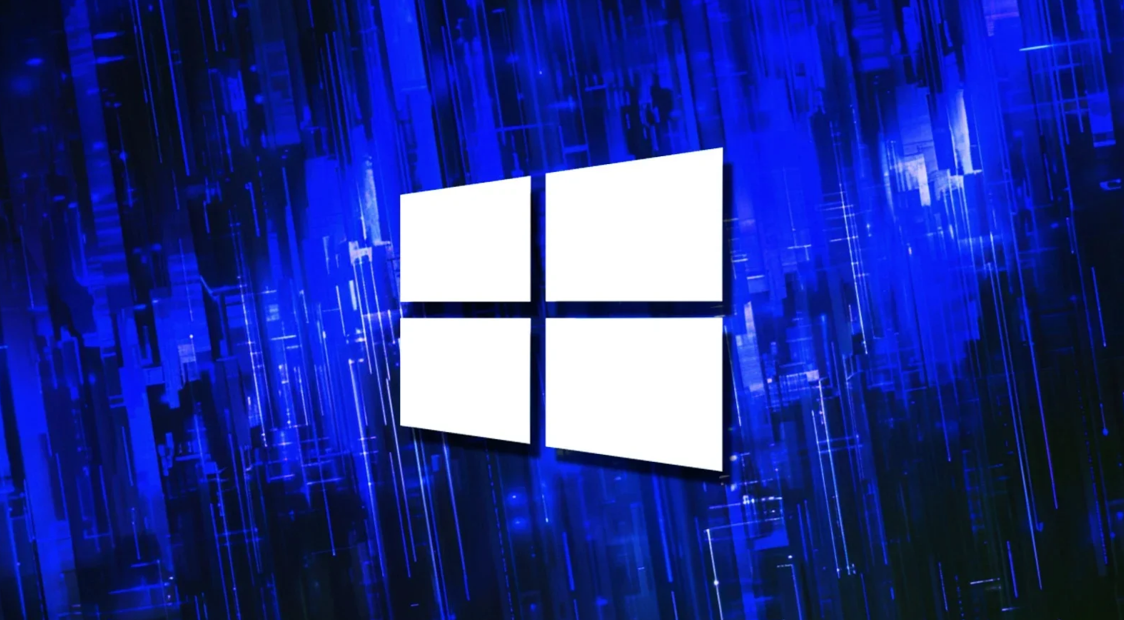Overview of Microsoft’s Decision to End WSUS Development
Microsoft recently announced the end of development for Windows Server Update Services (WSUS), a tool that many IT professionals and server administrators have relied on for years to manage and distribute updates across their server environments. This decision comes as part of Microsoft’s shift towards their new Azure Update Management service, which offers a more cloud-centric approach to updating and patching servers.
For many in the tech industry, this news marks the end of an era, as WSUS has been a staple tool for managing server updates for over a decade. The decision to discontinue WSUS development is a clear signal of Microsoft’s strategic focus on cloud-based solutions and services, and it reflects the changing landscape of server management in today’s rapidly evolving technology environment.
Implications for IT Professionals and Server Administrators
The end of WSUS development has significant implications for IT professionals and server administrators who have come to rely on the tool for managing updates in their server environments. Without ongoing development and support for WSUS, users may face challenges in keeping their servers up to date and secure, as new vulnerabilities emerge and require timely patching.
Many IT professionals who have built their server management processes around WSUS will need to reevaluate their patching strategies and consider alternative solutions to ensure the ongoing security and stability of their server infrastructure. This transition may require investments in new tools, training, and processes to effectively manage updates in a post-WSUS era.
Alternatives for Managing Server Updates Post-WSUS
In the wake of Microsoft’s decision to end WSUS development, IT professionals and server administrators are exploring alternative solutions for managing server updates. One popular option is to migrate to Microsoft’s Azure Update Management service, which offers a cloud-based approach to patching servers and provides centralized management capabilities for both on-premises and cloud-based environments.
Other alternatives include third-party patch management tools, such as Ivanti Patch for Windows, ManageEngine Patch Manager Plus, and SolarWinds Patch Manager, which offer robust features for automating the patching process and ensuring compliance with security policies. Open-source solutions like WAPT and Katoolin also provide cost-effective options for managing updates in server environments.
Feedback from the Tech Community on the End of WSUS Development
The tech community has expressed a mix of disappointment and resignation to Microsoft’s decision to end WSUS development. Many users acknowledge the limitations of WSUS in managing updates at scale and welcome the potential benefits of cloud-based update management solutions. However, some longtime WSUS users are nostalgic for the simplicity and reliability of the tool and express concerns about the transition to new patching methods.
Feedback from the tech community also highlights the importance of clear communication from Microsoft regarding the end of WSUS development and guidance on migration paths for users looking to transition to alternative update management solutions. As organizations adapt to the changing landscape of server management, community support and knowledge sharing will play a critical role in helping users navigate this transition effectively.
Future of Server Update Management in the Post-WSUS Era
As IT professionals and server administrators navigate the post-WSUS era, the future of server update management is poised for transformation. The shift towards cloud-based update management services, combined with the proliferation of third-party patch management tools and open-source solutions, offers a diverse ecosystem of options for organizations seeking to streamline their patching processes and improve the security posture of their server environments.
While the end of WSUS development may signal the end of an era for some users, it also presents an opportunity for innovation and improvement in how updates are managed across server environments. By embracing new technologies, best practices, and collaborative approaches to server update management, organizations can adapt to the changing dynamics of the industry and ensure the ongoing security and performance of their server infrastructure in the years to come.
Don't forget to subscribe to OT Connect Newsletter - The News That Matters. A good balance between informative, valuable information and solutions with less than 20% of marketing content.





Get Involved & Participate!
Comments